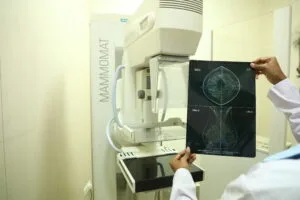COVID-19: Difference Between Omicron and Delta Variant

| Omicron | Delta | |
| First detected | Botswana in November 2021. | India in December 2020. |
| Scientific name | B.1.1.529 (3 sub-lineages identified are BA.1, BA.2, and BA.3.) | B.1.617.2 |
| Mutations | Carries 50 mutations not seen in combination before (30+ mutations in the spike protein gene). Several of the spike protein mutations are thought to make it more infectious. | Emerged with more than a dozen mutations – initially called double mutant because of 2 prominent mutations: L452R and E484Q. |
| Transmissibility | Spreads faster compared to Delta (maybe up to 4.5 times more). | Spreads faster compared to previous variants (Alpha, Beta etc.). |
| Severity | Less severe as compared to Delta and Delta plus. | More severe with possibly higher mortality. |
| Symptoms | Symptoms overlap considerably and the distinction between the variants CANNOT be made based on symptoms alone. | |
|
| |
| Vaccine efficacy | According to the WHO, Omicron causes a reduction in vaccine efficacy against infection and transmission. The Covaxin vaccine booster is also supposedly effective against Omicron. | Most vaccines provide protection against Delta. |
Can COVID-19 RT-PCR tests determine which variant you have?
COVID-19 RT-PCR tests help identify the presence of the SARS-COV-2 virus, irrespective of which variant you have. However, to definitively identify whether it is the Delta or Omicron variant, then gene sequencing is needed, which can take between four and five days.
[post_date]
[Sassy_Social_Share]



